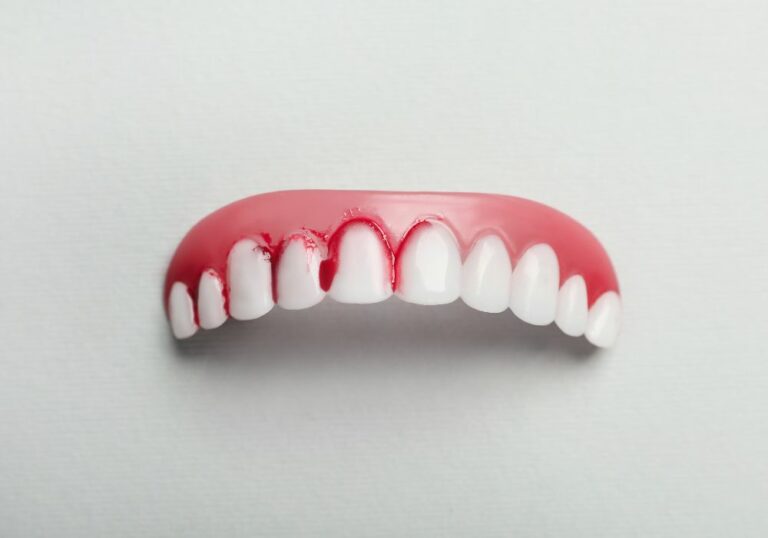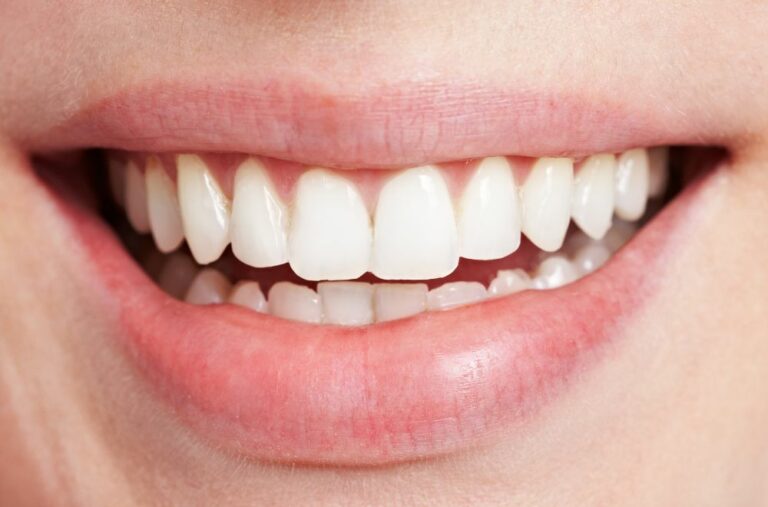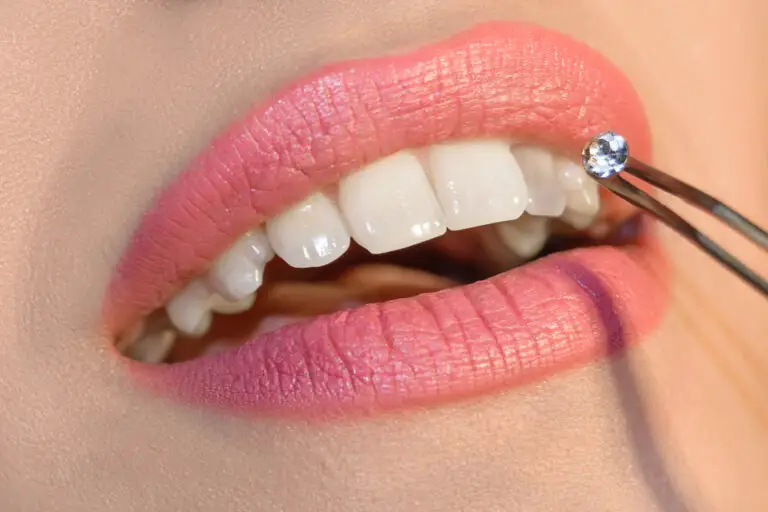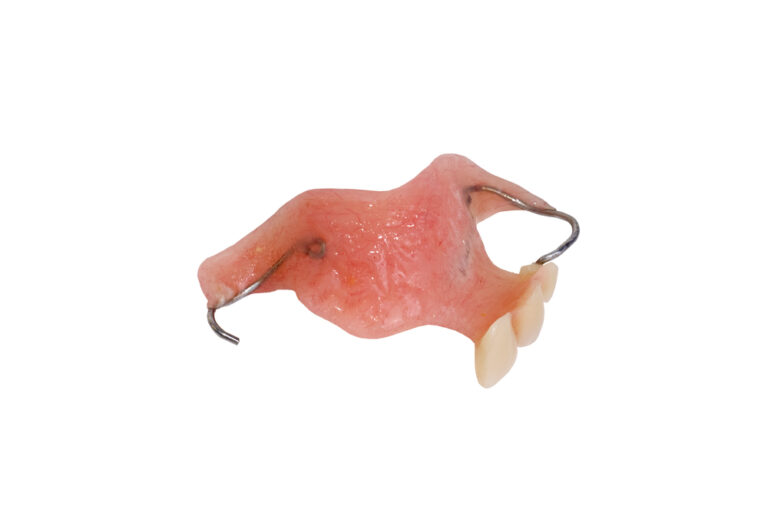A detailed guide to starting BLW without teeth
Baby-led weaning (BLW) is an approach where babies feed themselves whole foods like finger foods instead of purees from around 6 months old. Many parents wonder if BLW can be done if a baby has no teeth yet.
The short answer is yes, you can absolutely do BLW with a baby who has no teeth yet! Teeth are not required for BLW since the principle of BLW relies on a baby’s natural ability to gum and mash foods with their gums. BLW focuses on letting babies explore tastes, textures, and self-feeding rather than how much food goes down.
Here is a comprehensive guide on how to approach BLW with a baby who has no teeth yet.
When to start BLW without teeth
Many experts recommend starting BLW around 6 months of age. There are a few key signs your baby may be ready for solid foods:
- Good head and neck control when sitting upright
- Ability to sit with support or sit independently
- Loss of tongue-thrust reflex so food is not pushed out
- Interest in foods, watching others eat
- Coordination to grasp objects and move them to mouth
These milestones indicate your baby is ready for exploring solids. Lack of teeth is not a limiting factor for starting BLW and self-feeding. Do supervise all meals closely and avoid high choking risks.
Choosing the right foods for BLW with no teeth
The key is offering foods that mash and gum easily between the gums. Avoid anything hard, crunchy, small or chewy. Here are some tooth-friendly ideas:
Fruits and vegetables
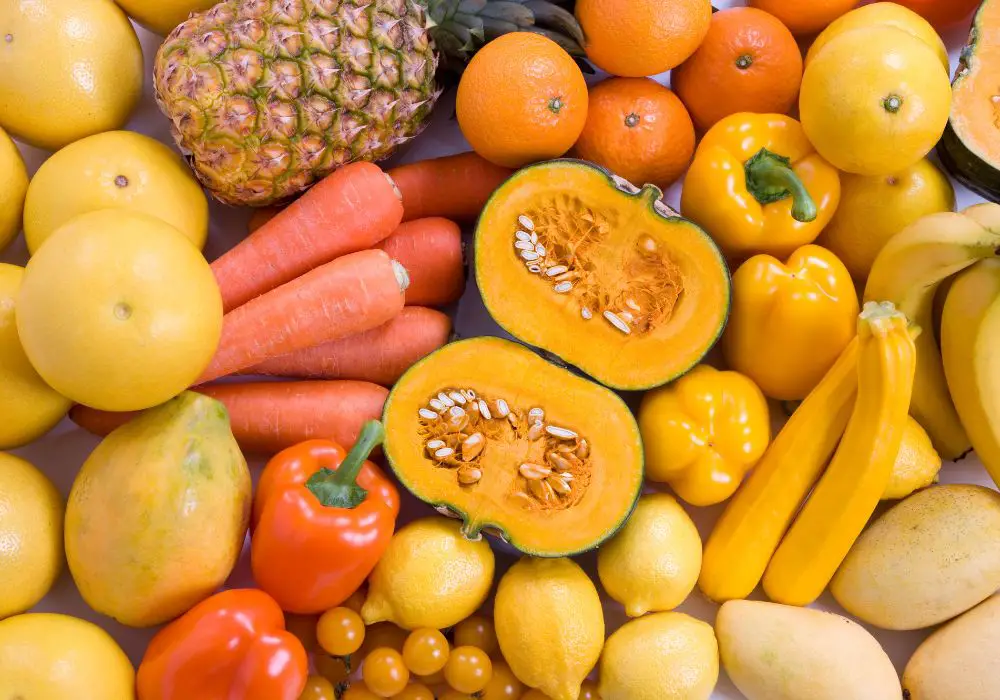
- Bananas, avocados, papaya, mangoes – ripe and mashable
- Peaches, plums – soften in baby’s mouth
- Cooked sweet potatoes, carrots, parsnips – roast or steam well
- Tender steamed broccoli, cauliflower, green beans, peas
- Zucchini strands or sticks – steam till soft
Tips for fruits and veggies:
- Cut into manageable sticks or spears for grabbing
- Steam or roast until very soft and tender
- Test with your finger – should crush easily
- Avoid raw veggies – cook well until mashable
- Dice fruits into strips avoiding round chunks
Meats and proteins
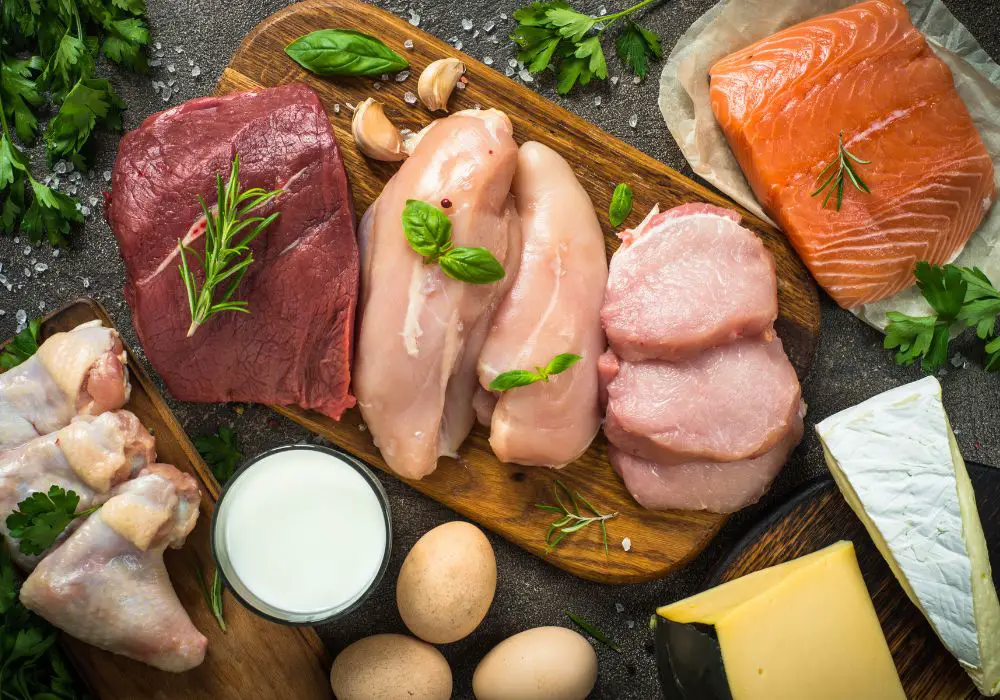
- Shredded, minced chicken, beef, pork, lamb, fish
- Salmon rashers – carefully deboned
- Ground or minced meatballs without lumps
- Tender cooked beans like chickpeas, kidney beans
- Scrambled or hard boiled eggs
- Tofu cubes or fingers
Tips for meats and proteins:
- Choose tender, moist meats or fish
- Mince or shred well into small crumbles
- Ensure no bones, skin or tough bits
- Mash beans, grains well with a fork
- Dice tofu into manageable gum-sized cubes
Grains and cereals
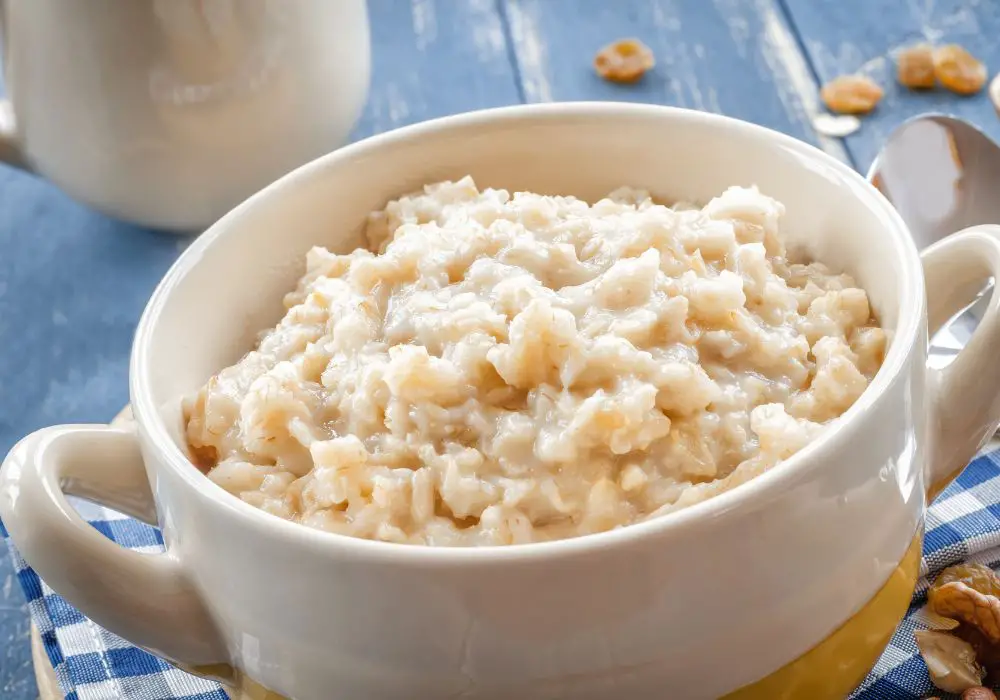
- Baby oatmeal or multigrain cereal
- Couscous, quinoa, rice – cook very soft
- Soft toasted bread strips or mini pieces
- Teething rusks – dissolve easily on gums
- Small pastas – mini penne, stars, spirals
Tips for grains:
- Cook grains like rice very soft and wet
- Try well-cooked grains without lumps
- Avoid hard chunks or pieces
- Remove crusts from bread and toast lightly
- Offer slices or strips of bread versus chunks
Dairy foods
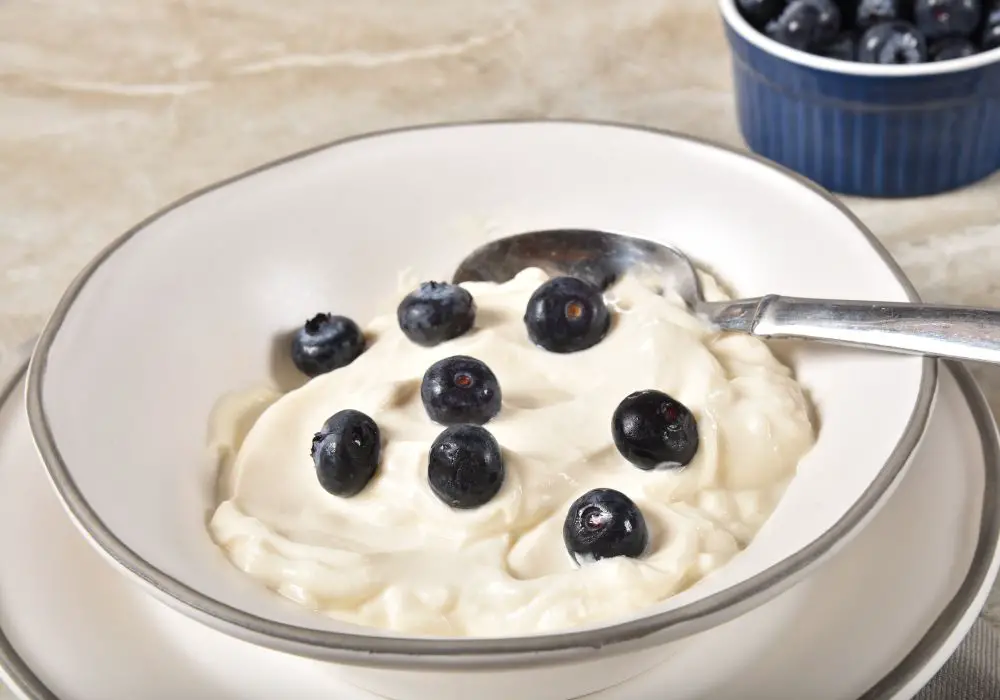
- Plain full fat Greek yogurt
- Small cubes of soft cheese – brie, mozzarella
- Grated cheddar, cottage cheese
- Cheese melted into sauces or rice
Tips for dairy:
- Avoid crumbly or hard cheeses
- Grate mozzarella or young cheddar
- Mix cottage cheese with yogurt
- Add shredded cheese into cooked foods
Snack ideas
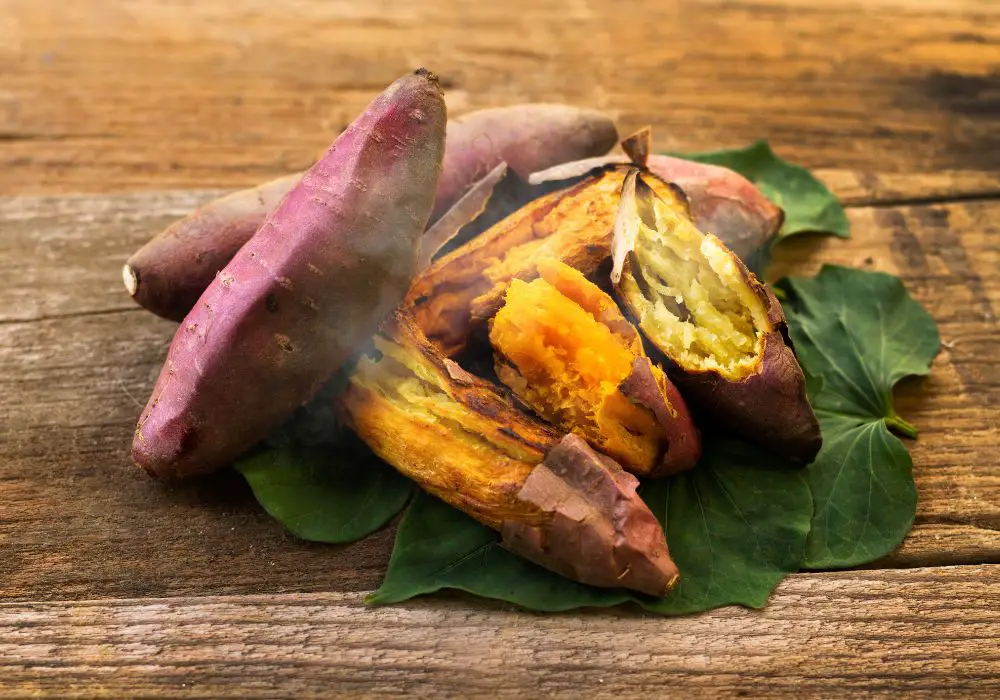
- Teething crackers or rusks
- Roasted sweet potato fries or fingers
- Apple sauce pouches
- Yogurt with mashed fruit
- Avocado spears
- Strips of cheese
- Steamed or roasted veggies
Foods to avoid
Steer clear of these choke risks until baby has teeth:
- Raw crunchy veggies and fruits
- Whole grapes, berries, cherry tomatoes
- Hard chunks of apple, melon, mango
- Stringy fibrous veggies like celery
- Tough meats with skin or bones
- Whole nuts, seeds, popcorn, crackers
- Peanut butter or other nut spreads
- Candy, cookies, chips
- Chewy dried fruits like raisins
Overview of BLW foods for no teeth:
DO include – Soft fruits, well-cooked tender veggies, minced/mashed meats, grated cheese, baby cereals, pasta, toast strips, teething biscuits
AVOID – Raw hard fruits/veggies, whole grapes, nuts, seeds, popcorn, chips, peanut butter, chewy dried fruits
Feeding tips and precautions for BLW with no teeth
Here are some pointers to follow for safe and enjoyable BLW sessions before your baby has teeth:
- Always stay nearby and supervise when baby is eating.
- Let baby self-feed as much as possible – offer spoonfuls but allow baby to handle food themselves.
- Ensure baby is sitting upright, never lying down or slumped over.
- Wash hands before eating and keep surfaces clean.
- Offer one food at a time when starting complementary feeding.
- Pay attention to chewing cues – baby may use gums or swallow lumps if not gummed well.
- Go slow with introducing foods – stick to one texture for a few days before moving to another.
- Adjust food sizes as needed – longer strips or spears may be easier to grab than small pieces.
- Allow time for baby to explore, touch, squeeze, mash foods with gums. Learning textures is key.
- Look for signs of readiness for more textures – increased chewing ability and finger control.
- Don’t worry if a lot of food doesn’t get swallowed – biting off pieces and tasting is a learning process.
Start with very soft mashed foods, then move to tender cooked finger foods, and finally semi-solid foods. The goal is helping baby learn how to gums, bite off, and mash pieces. Sit with baby and supervise closely during all meals.
Potential challenges with BLW and no teeth
Here are some possible challenges you may encounter with toothless BLW:
- Gagging or choking – go slow with textures, size pieces appropriately.
- Messiness – babies learn by feeling food so some mess is normal. Use bibs.
- Slow progress with biting off pieces – take it slow and make foods mashable.
- Less interest in some textures – keep offering a variety over time.
- Constipation from swallowing less – offer lots of water.
- Food wastage – babies nibble at first so some waste is expected. Small portions.
- Less nutrition than purees – focus on learning at first, not intake.
- Slower progress to finger foods – take cues from baby’s skills.
Be patient, go at baby’s pace, watch for readiness cues and offer mashable options. Consult a pediatrician if you have any concerns.
Benefits of starting BLW without teeth

Despite the challenges, starting BLW early without teeth has many advantages:
- Baby learns to self-feed following natural skills progression
- Promotes chewing muscles and coordination
- Allows baby to explore tastes and textures
- Encourages baby-led progression to finger foods
- Helps manage chunkier table foods once molars come in
- Enables participation in family mealtimes
- Reduces picky eating behaviors
- Supports oral motor development
BLW facilitates important self-feeding and safety skills baby will need once teeth come in and foods get chunkier. So there are many benefits to gradually starting BLW even without teeth.
Sample schedule for BLW with no teeth
Here is a sample schedule showing meal progression for a 6-8 month old baby with no teeth starting solids:
6 months
Breakfast: Baby oatmeal, mashed fruit and yogurt
Lunch: Avocado strips, steamed carrot sticks
Dinner: Minced salmon, roasted sweet potato spears
7 months
Breakfast: Scrambled egg, banana slices
Lunch: Minced meatballs, pasta stars in sauce
Dinner: Tofu cubes, rice puffs
8 months
Breakfast: Teething biscuit, grated pear
Lunch: Chicken ravioli, green beans
Dinner: Lentil dal, rice, roasted broccoli
Start with easily mashed foods before moving to soft finger foods around 8 months as chewing skills progress. Avoid hard chunks or pieces. Offer milk feeds before solids.
Conclusion
While getting teeth facilitates managing chunkier finger foods, BLW can be started safely even before teeth emerge. Pay attention to food shape, size and texture. Offer soft, tender, mashable foods that baby can self-feed. Supervise closely and allow baby to learn at their own pace. BLW supports important developmental skills and can be done enjoyably even without teeth!
Frequently Asked Questions
What age should I wait for teeth to do BLW?
You do not need to wait for teeth to start BLW. It is suitable to start around 6 months when baby shows readiness signs like sitting upright, bringing objects to mouth, and interest in food. Teeth help manage chunkier foods later on but are not required to begin BLW.
What if my baby gags a lot without teeth?
Some gagging is normal as baby learns how to manage lumpier foods. Go slowly with textures and size pieces so they mash easily with gums. Stay nearby and offer reassurance if baby gags. Consult a pediatrician if gagging is excessive.
Should I do purees if baby doesn’t have teeth?
You can certainly offer some smooth purees and mashes without teeth. But alternate with mashable finger foods allowing baby to self-feed. Avoid spoon feeding purees exclusively. Progress textures gradually as baby’s skills develop.
What should I do if baby chokes doing BLW without teeth?
Remain calm, don’t panic or overreact. If baby is coughing or making noise, allow them a chance to clear it themselves by encouraging coughing. If choking persists, follow infant choking first aid steps like back blows. Call emergency services if required.
How can I reduce mess and waste with BLW and no teeth?
Some mess is normal with BLW. Use bibs and oversized plates. Start with smaller portions. Allow time for baby to see, touch, play with food. Avoid forcing to finish meals. Accept that learning to eat involves tasting and wasting as baby develops coordination.

